You may think that “insurance is to complicated”, and thus put it in the “too hard basket”, and dont really get under the hood to understand how it all works. But we think it’s important that our customers understand what they are buying and how it all works.
In general, insurance is way to manage risk. There’s always chance of you pet having an accident causing an injury, or an illness. The risks may be small, but if one of them were to happen the financial effects could mean the difference between life and death for your beloved pet. Without insurance you’d have to come up with the money to pay the vet fees – which can mean a significant cost. If there are no savings set aside, it can mean very difficult decisions or sacrifices have to be made.
Of course although these mishaps happen to some, they don’t happen to all. These days, the insurer can work out roughly how many pets of a certain breed, or age are likely to experience particular set backs, and how much it will cost. Using this information the insurer spreads the risk, and sets the premium at a rate that reflects the risk involved.
A simple (rough) example
Just imagine, every year, for the past 10 years, 100 out of 1,000 families with cats or dogs have had an accident or illness resulting in a vet’s bill to the tune of $5,000. Without insurance, every family would have to save $5,000 just in case their pet would be the one that has a problem. At the end of the year, 900 families would have paid nothing (and have the $5,000 in savings), but 100 families would have to pay $5,000 and have nothing left (or simply couldn’t afford the treatment) – that would be a total of $500,000 paid out in vets bills each year.
With insurance, everyone joins together to spread the risk. If they each put in $42 a month, then there would be money to pay for all those who have an incident. By spreading the risk each family has to pay $42 a month, instead of risking paying $5,000. Whilst that is a sunk cost if it is not your pet that suffers an injury, for many people that is an acceptable trade off. Instead of having to scrape together the full $5,000, they rather risk paying a monthly amount for a chance to avoid $5,000 in vet bills.
Why premiums increase
But, I hear you ask, is it really fair to have every family pay the same amount – when some pets live indoors, some may be prone to a particular illness, and naturally whether it’s a cat or dog, like humans, the likelihood of something happening increases with age. Of course it wouldn’t be fair, and Just like motor insurance, those who are at “higher risk”, do pay more into the insurance pool than those who are low risk.
With pet insurance, the insurer calculates the premium based on costs, and risk – risk is largely determined by the breed and age of the pet, and that’s why premiums increase as the pet gets older.
This is also why young drivers pay more for their insurance than older drivers – statistics show that drivers under the age of 25 have more accidents (and more costly accidents) than older drivers.
Any questions? Email admin@petsecure.com.au
Information current as of 2 May 2015.

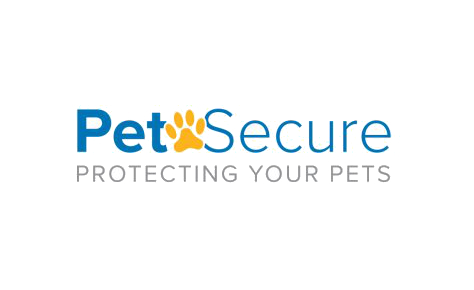
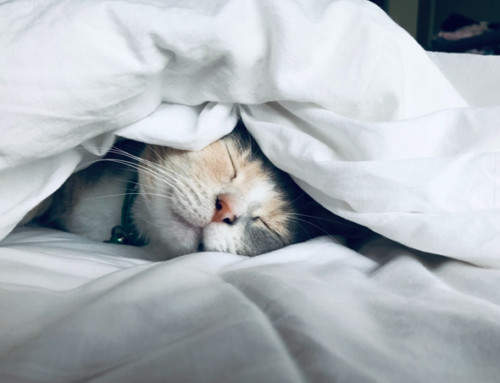
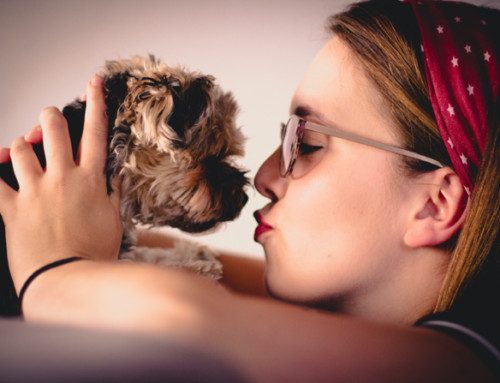
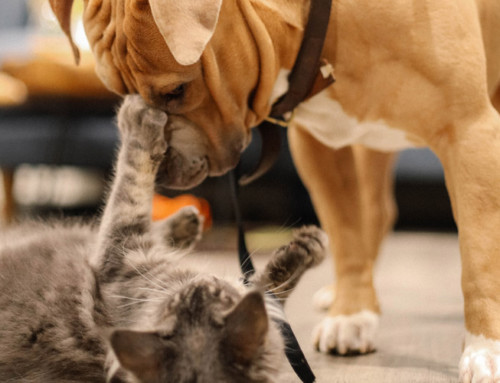
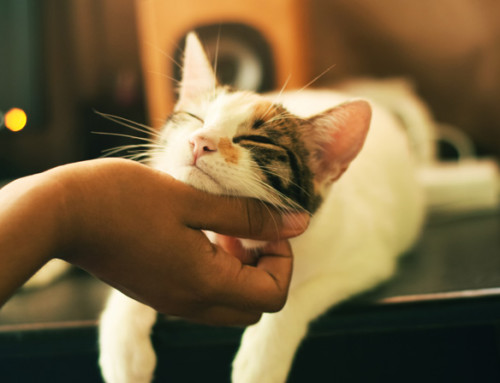

Leave A Comment